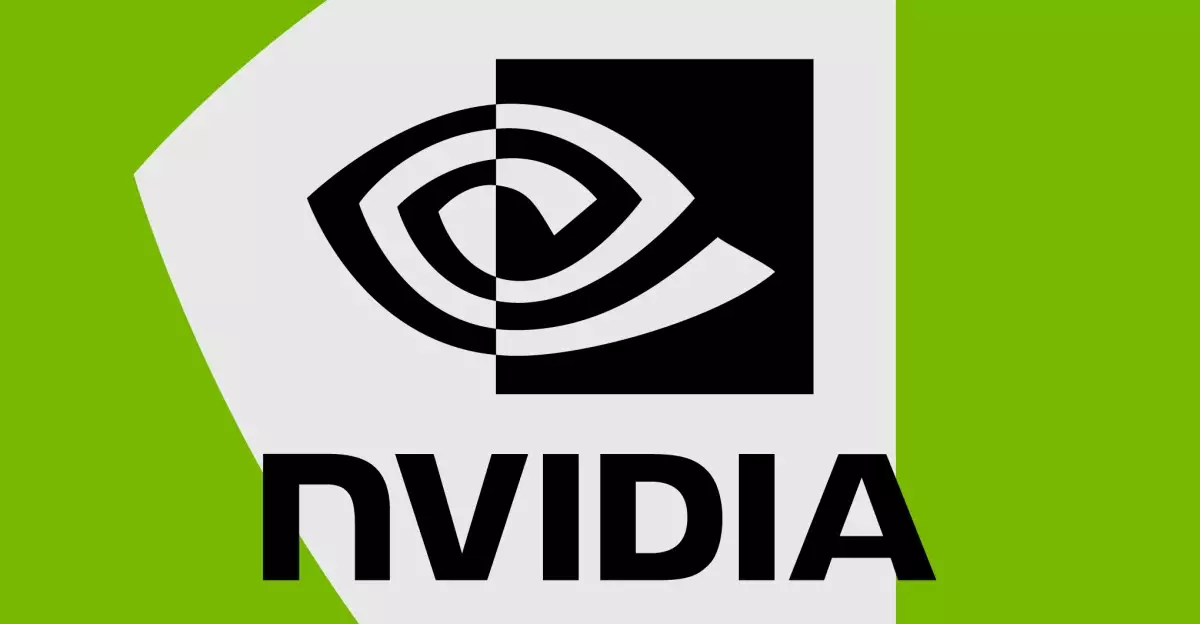In the ever-evolving landscape of computer graphics, Nvidia has long been regarded as a titan, a brand synonymous with cutting-edge performance and reliability. However, the past several months have seen this giant grapple with a series of contentious driver updates that have left many GPU users reeling. Issues ranging from system-wide crashes to glitchy gameplay have marred the experience for both long-time users and new adopters of the RTX 50-series. The chain reaction of problems stemming from driver updates, particularly since January, raises a crucial question: How did Nvidia’s celebrated heritage in driver stability become overshadowed by such widespread turmoil?
The trouble began in January with the release compatible with the RTX 50-series cards, which regrettably introduced black screen occurrences and game crashes. Post-release, this driver debacle snowballed, as subsequent updates often seemed to introduce more problems than they resolved. Users flocked to various online forums, particularly Reddit, to voice their frustrations and seek solutions, reinforcing the notion that the rollback to older driver versions was the only lifeline for countless users who found themselves stranded in a sea of instability.
The Frustrating Cycle of Updates
Nvidia’s attempts at quick fixes, illustrated by the release of the 576.02 driver, were met with ambivalence. What was initially thought to be a beacon of hope unfortunately only added fuel to a fire that many had hoped was extinguished. Users reported that their GPU monitoring tools malfunctioned, leading to confusion and, in some cases, misconfiguration of cooling systems. This was compounded when Nvidia had to release yet another hotfix, 576.15, seemingly a necessary but reactive measure in an already chaotic environment.
The expectation for quick fixes raises serious concerns regarding Nvidia’s quality assurance processes. How is it that a company known for high-performance graphics can stumble so profoundly with something as fundamental as driver stability? The tech community has been left to digest the implications of this stream of instability. For users relying on their graphics cards for both professional and gaming endeavors, these issues translate to lost time, frustration, and, in some regard, distrust toward Nvidia.
The Impact on Gamers and Creators
Furthermore, the fallout from these driver problems has far-reaching implications, affecting more than simply gaming. Creatives utilizing GPU-intensive applications for video editing or graphic design have found themselves in a precarious position. The glitches and crashes ripple into workflows, creating disruptions and inefficiencies that undermine productivity. With an industry increasingly dependent on seamless integration of hardware and software, Nvidia’s missteps serve as a critical reminder of how vital robust, reliable drivers are for end-users.
Adding to the frustration is the difficulty in obtaining the latest RTX 50-series graphics cards. Supply chain issues have made these cards scarce, prompting many gamers who were excited about the upgrade to either wait indefinitely or settle for overpriced alternatives. It is sobering to think that purchasing new hardware could coincide with owning a product that is less stable than its predecessors.
A Legacy Under Scrutiny
Nvidia has historically enjoyed a reputation for setting the industry standard in driver performance and gaming experience. However, as users sift through the debris of driver-related issues, questions about the future become hard to ignore. Will the company bounce back and restore its reputation for excellence? With the prospect of releasing new drivers, Nvidia now faces the immense scrutiny of a user base that is wary but hopeful for resolution.
The reality is, for a company that prides itself on innovation, the current narrative surrounding Nvidia’s drivers is especially damning. Despite prior achievements, the consequences of these driver faults risk damaging the long-term perception of the brand among consumers. Rebuilding confidence will take more than a few hotfixes; it will require a serious commitment to quality assurance and a renewed focus on user experience.
As Nvidia works to mend the rifts caused by this turbulent chapter, both gamers and professionals alike will be watching closely to see how the company innovates its way back to stability, ready to reclaim its place in the hearts of its user community.

